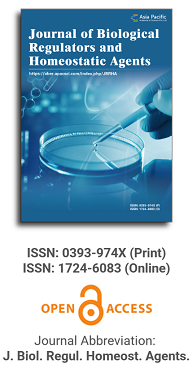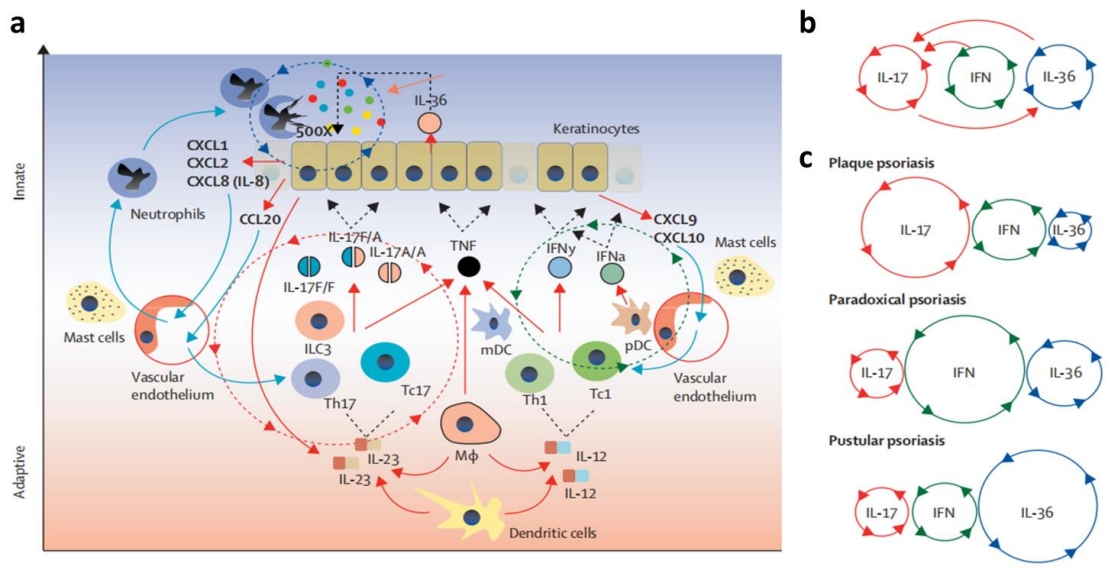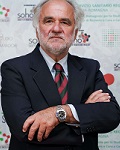
Publication Frequency
Quarterly since 2025
Journal Articles
Search
Search scope
Journal Center
Asia Pacific Academy of Science Pte. Ltd. (APACSCI) specializes in international journal publishing. APACSCI adopts the open access publishing model and provides an important communication bridge for academic groups whose interest fields include engineering, technology, medicine, computer, mathematics, agriculture and forestry, and environment.
Volume Arrangement
2025
Featured Articles

Psoriasis is a common, chronic, and inflammatory skin disease. Macrophages account for about 61.3% of the inflammatory cells infiltrating psoriatic lesions. Modulating macrophage polarization, inhibiting their infiltration, and targeting the secretion of inflammatory factors and associated inflammatory pathways by these cells can alleviate psoriasis symptoms and inflammation. Moreover, nanomaterials as novel drug carriers, offer unique advantages such as large surface area, easy modification, high biocompatibility, good biodegradability, enhanced systemic adsorption, etc. Nanomaterials have great potential for efficient drug delivery and release, as well as improving therapeutic efficacy while reducing adverse effects. By systematically addressing the role of macrophages in psoriasis pathogenesis and the potential of nanomaterials in treating psoriasis through modulating macrophages, this review enhances our understanding of the disease mechanism and holds promise for novel therapeutic breakthroughs and advancements in the future treatment of psoriasis.
LINC00174 Accelerates the Progression of Non-Small Cell Lung Cancer via Modulating EP300/NFAT5 Axis
Article ID: 3516
Vol 39, Issue 1, 2025
DOI: https://doi.org/10.23812/j.biol.regul.homeost.agents.20253901.2
Vol 39, Issue 1, 2025
Received: 5 October 2022; Accepted: 5 December 2022; Available online: 16 January 2025; Issue release: 31 January 2025
Download PDF
Abstract
Background: How long non-coding RNA (lncRNA) functions in cancer biology has attracted extensive attention recently. Various lncRNAs interfere with the advancement of non-small cell lung cancer (NSCLC). This work focused on how lncRNA LINC00174 functions in NSCLC.
Methods: The analysis of LINC00174 expressions in NSCLC was performed with quantitative real-time PCR (qRT-PCR). The multiplication, migration, aggressiveness and apoptosis of NSCLC cells were evaluated by Cell Counting Kit-8 (CCK-8), Transwell assays and Flow cytometry. The binding relationship between LINC00174 and E1A-binding protein p300 (EP300) was verified by RNA immunoprecipitation experiment. The binding of EP300 to the promoter region of the nuclear factor of activated T cells 5 (NFAT5) was detected by dual luciferase reporter gene assay and immunocoprecipitation assay.
Results: The expression of LINC00174 was increased in NSCLC, which impaired the overall survival time in patients with NSCLC. Knocking down LINC00174 curbed the multiplication, migration and aggressiveness of cancer cells and promoted apoptosis. LINC00174 was directly combined with EP300. Knocking down LINC00174 inhibited the binding of EP300 and NFAT5 promoter region, thereby curbing NFAT5 transcription. In addition, NFAT5 overexpression facilitated cancer cell malignancy, which could be reversed by knockdown of LINC00174.
Conclusions: This study indicates that LINC00174 promotes NFAT5 transcription by recruiting the EP300 to NFAT5 promoter region, thereby accelerating the progression of NSCLC.
Keywords
LINC00174; EP300; NFAT5; NSCLC; proliferation
References
Supporting Agencies
Copyright (c) 2025 Xiaogang Peng,Chao Zhang,Guangming Xiang,Zheng Gong,Gengyun Sun

This site is licensed under a Creative Commons Attribution 4.0 International License (CC BY 4.0).
Editor-in-Chief

Medical Genetics, University of Torino Medical School, Italy
Co-Editor-in-Chief

Department of Biomedical, Surgical and Dental Sciences, University of Milan, Italy
Indexing & Archiving
News & Announcements
2025-02-01
In addition to the first issue that has already been published by the original publisher, there will be four more issues released this year, with scheduled publication dates in March, June, September, and December respectively.
2025-01-21
Starting from Volume 39 Issue 2 (2025), the ownership of Journal of Biological Regulators and Homeostatic Agents (ISSN: 0393-974X (P); 1724-6083 (O)) will be transferred from Biolife Sas to Asia Pacific Academy of Science Pte. Ltd. As of 21 January 2025, authors should make submissions to the new journal system and follow the author guidelines. Asia Pacific Academy of Science Pte. Ltd. will take over the publication of manuscripts being processed.

